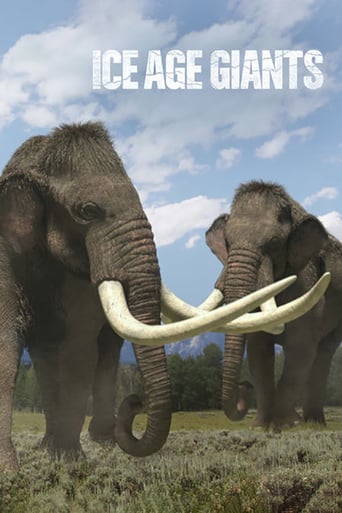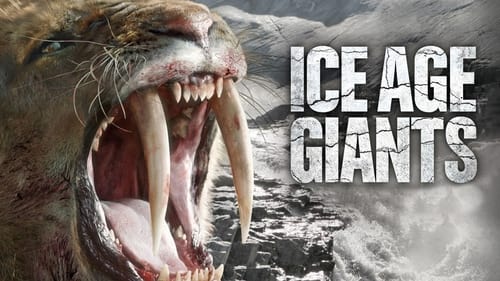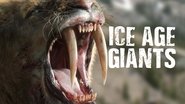manofourtime
This has all the mistakes of the current crop of BBC documentaries.1. An extremely painful style of delivery in voice over. This one is not quite delivered as 'reading to 4 years', but Alice Roberts is nearly that bad. That contrasts sharply with when she is talking to scientists; then she is just fine.2. Irritating techniques of direction. I lost count of the sections delivered with her walking away from the camera, talking over her shoulder. It was supposed to be lively and engaging, in fact it came across as just bad manners.3.More seriously, a complete failure to distinguish between 'fact' (or nearly certain fact) and conjecture. The often repeat CGI of the mating battle of male Glyptodons is pure conjecture. OK, but based on what? We weren't told. We weren't actually told it was a guess a either. There were many other such instances.I can see what they are trying to do, but people who are satisfied with Eastenders et al (long running UK soap) are never going to watch a program about science, no matter what you do to make it 'accessible' and undemanding.
Little_Juan
Alice Roberts is a good choice for a TV natural history presenter but she doesn't quite save this program.For me there is too much repetition of the animations. There is also no overall progression or narration to the show and the series doesn't quite get anywhere.To sum up why this isn't that great.... too many animation repetitions, no substantial questions that lead to roundly answered off answers using overlay shots, animations and narrated explanations. Also too many nice fly-by shots of Roberts on a rock, Roberts on an icy rock, Roberts on another rock in the desert.I like that they tried - the program makers just need to try harder and learn from great documentaries (Planet Dinosaur or what she did in the Origins of Us).
crazynotstupid007
I generally try to stay positive about documentaries because they are about facts and not business. However, in this day and age we have the tools and know-how to make documentaries very interesting. In that context this series fails.Make no mistake, people who are very interested in fossils and anatomy will love this. But I am speaking from an average viewer's perspective.Two of the three episodes are named after carnivores but the documentaries themselves are overwhelmingly about herbivores. They have about 3 times as much screen time as the carnivores. The names were probably given to attract viewers but if they understood that carnivores are more attractive then why not give them some more screen time ? Its the truth. Carnivores are simply more interesting to look at.I personally believe this kind of documentaries work best with a narrative and this didn't have one. Far too much time is spent on things that would hardly interest the majority of viewers, like looking at fossils and rocks. They should have focused on the animation.The animation itself is wonderful though. Never before have I seen a Smilodon walk with a grace that I believe closely resembles the true animal. The animations have quality in them but there's not enough of it.The background music should have been better. Its been 20 years since "Eternal Enemies". Nobody learned a damn thing.All this series had to do was use its great animation to show how carnivores coexisted in the plains south of the ice sheets. Things like the wooly mammoths and rhinos could have still featured in more interesting ways, like in interaction with the carnivores. But although the show has its moments, overall its quite boring and I fell asleep at a few points.I give it 6/10.



